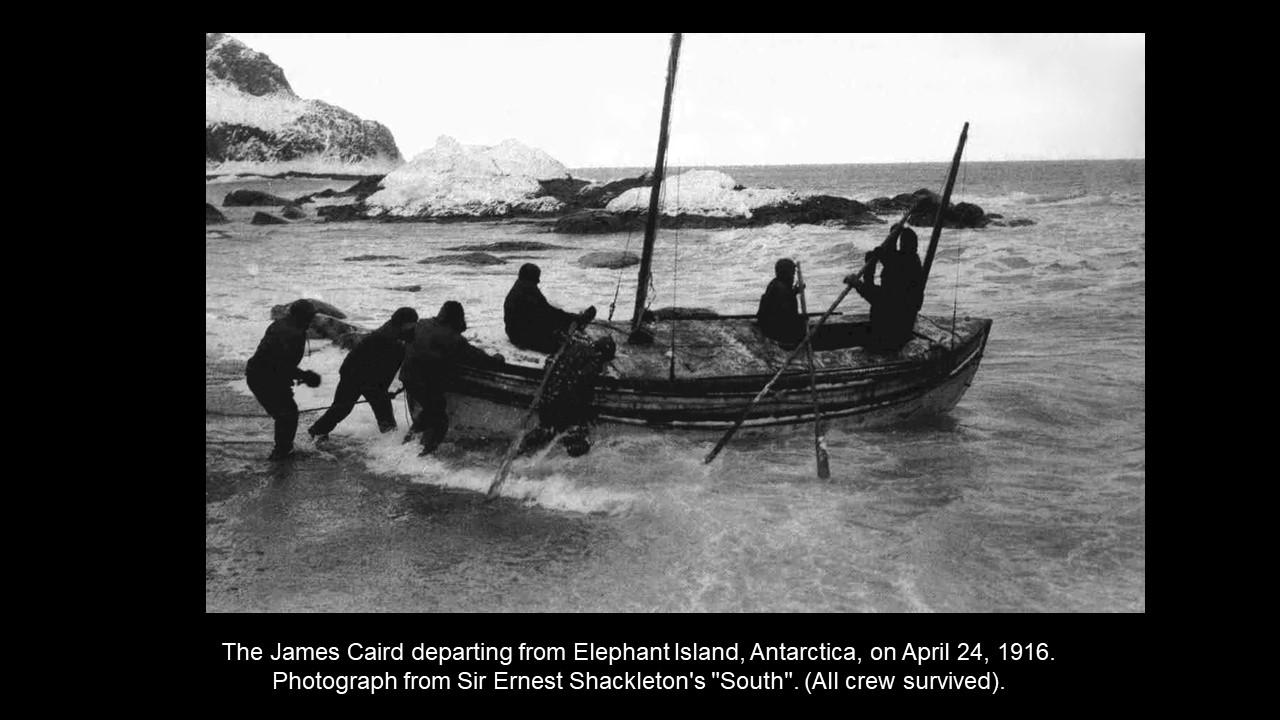
Ahead of May's G7 Summit in Hiroshima, Toyota's Chief Scientist Dr. Gill Pratt spoke about the importance of diverse options as part of the unique decarbonization approach Japan seeks to share with the world.

“My mission is to spread the message that diversity is strength.”
The Committee on Mobility aims to spur growth throughout Japan’s economy by strengthening the global competitiveness of its mobility industry. In the leadup to the Group of Seven (G7) Summit in Hiroshima, members committed to sharing Japan’s unique approach to carbon neutrality with the world.
Speaking as the session’s special guest, Dr. Pratt explained how Japanese production methods such as the Toyota Production System (TPS) and the availability of diverse options can help cut CO2 emissions.
This article features his presentation, based on objective data and examples.
Japan’s history of creating high-quality products with limited resources
Today, I will discuss what Japan can teach G7 nations and the world about the most effective way to address climate change. I will also share my perspective as a foreigner looking at Japan from the outside, and as a scientist working for a Japanese company.
As an island nation, Japan has had a highly unique and invaluable experience of growth amid limited resources.
It is surely no coincidence that TPS and other lean production methods were conceived in Japan. The country’s technical innovation, which eliminates waste while improving quality, can serve as a wonderful gift to the world.
Shouldn't Japan share these lessons with the G7 and the world? Specifically, I believe the country can emphasize the importance of reducing carbon dioxide emissions, as quickly and by as much as possible, despite limited resources.
The lesson is the same as the actions required to survive in a lifeboat. Suppose we were on the lifeboat used during Sir Ernest Shackleton’s Antarctic expedition.

Do you give all the drinking water to one person so that they have enough to wash their hands, or do you ration it among the entire crew to prevent thirst? I think the answer is obvious.
Going further, would you give everyone onboard the same amount of water regardless of their needs, or give more to those doing the rowing? Again, the answer to this question should be obvious.
Shortage of battery minerals and charging infrastructure
Dr. Pratt
In today's fight against climate change, lithium and many other battery minerals are like the water in the lifeboat.
Making a BEV (battery electric vehicle) requires up to six times more critical minerals than a conventional gasoline-powered vehicle. What’s more, while a battery plant can be built in two to three years, a new mine takes 10 to 15 years to be operational.
As a result, despite the planet’s abundance of untapped battery minerals, many experts including the IEA (International Energy Agency) forecast a 30-50% shortfall in battery minerals over the next 10-20 years (roughly the lifespan of an automobile).
And this scarcity is not limited to lithium. Shortages in the supply of various critical minerals, as well as the availability of charging infrastructure, will vary widely between regions. Even if the shortage of battery minerals is resolved, charging infrastructure powered by clean energy will remain scarce in many parts of the world for decades to come.

